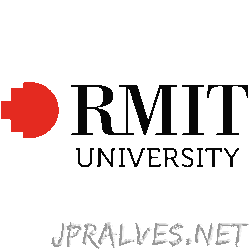Other

“A global team of researchers and industry collaborators led by RMIT University has invented recyclable ‘water batteries’ that won’t catch fire or explode. Lithium-ion energy storage dominates the market due to its technological maturity, but its suitability for large-scale …

“Researchers have invented an experimental wearable device that generates power from a user’s bending finger and can create and store memories, in a promising step towards health monitoring and other technologies. The innovation features a single nanomaterial incorporated into …

“A bold plan to grow seedlings on the Moon by 2026 has been funded by the Australian Government, in what could reveal a greater understanding of horticulture in extreme environments. The Australian Lunar Experiment Promoting Horticulture (ALEPH) project led by …

“Researchers have created a small device that ‘sees’ and creates memories in a similar way to humans, in a promising step towards one day having applications that can make rapid, complex decisions such as in self-driving cars. The neuromorphic invention …

“A team of researchers has created a new class of titanium alloys that are strong and not brittle under tension, by integrating alloy and 3D-printing process designs. The breakthrough, published in the top journal Nature, could help extend the applications …
“An international team of scientists is developing an inkable nanomaterial that they say could one day become a spray-on electronic component for ultra-thin, lightweight and bendable displays and devices. The material, zinc oxide, could be incorporated into many components of …

“Mobile phone batteries with a lifetime up to three times longer than today’s technology could be a reality thanks to an innovation led by engineers at RMIT University. Rather than disposing of batteries after two or three years, we …

“Super-thin chips made from lithium niobate are set to overtake silicon chips in light-based technologies, according to world-leading scientists in the field, with potential applications ranging from remote ripening-fruit detection on Earth to navigation on the Moon. They say the …

“Scientists in Melbourne have used supercomputers to speed up the search for a key ingredient in the next generation of lithium-metal batteries, which could potentially increase storage capacity by 10-fold compared with today’s technology. The team led by RMIT …

“Strange diamonds from an ancient dwarf planet in our solar system may have formed shortly after the dwarf planet collided with a large asteroid about 4.5 billion years ago, according to scientists. The research team says they have confirmed …

